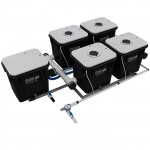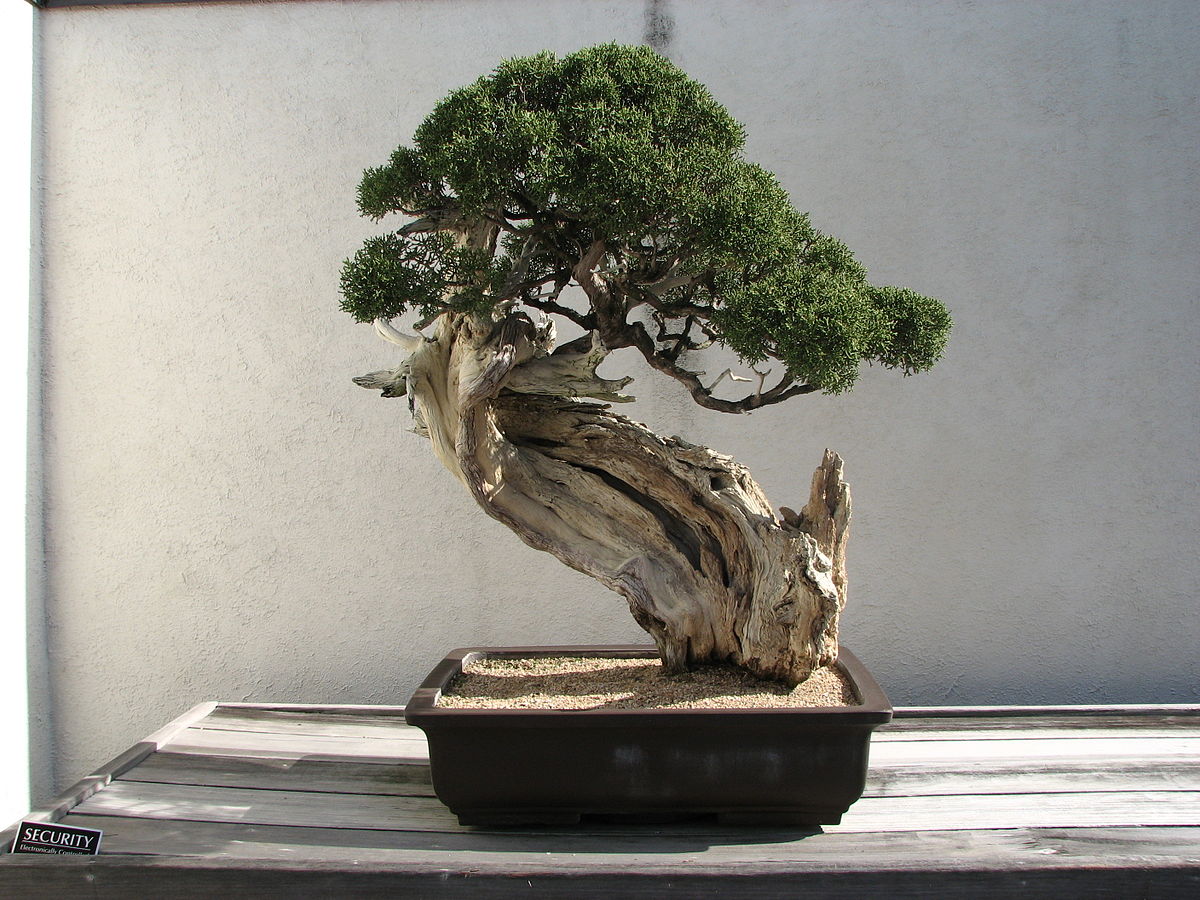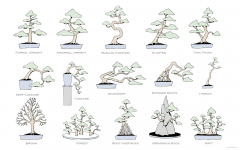| FEED GUIDE FOR 60/40 | FEED GUIDE FOR PEBBLES | |
|---|---|---|
| Start | 2 x 15 minute feeds per day | 2 x 15 minute feeds per day |
| Veg | 3 x 15 minute feeds per day | 3-4 x 15 minute feeds per day |
| Flowering | 4-5 x 15 minute feeds per day | 4-6 x 15 minute feeds per day |
| INNER POT: | Aqua Pot, Culture Pot, Punched Pot |
|---|---|
| SIZE: | 6 Pot System (100L Tank), 12 Pot System (225L Tank), 18 Pot System (225L Tank), 24 Pot System (225L Tank), 36 Pot System (400L Tank), 48 Pot System (400L Tank) |
 Do like the passive systems no power needed
Do like the passive systems no power neededAttachments
Last edited:


















